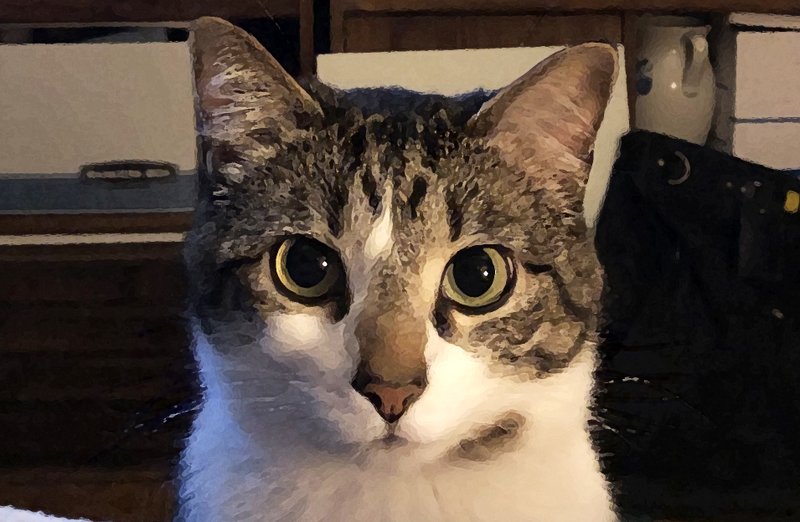The Centers for Disease Control and Prevention estimates that nearly 40 percent of U.S. kids from 3 to 6 are spreading too much toothpaste on their toothbrushes.
The recommended amount is roughly a pea-sized blob, to prevent swallowing too much fluoride.
Small, unintentional ingestions of fluoride could cause stomach upset, although toothpaste concentrations are quite low, just enough to do the job of remineralizing and repairing tooth enamel. In large amounts, however, fluoride can result in serious toxicity.
The CDC also found that nearly 80 percent of parents with babies aren't brushing their baby's teeth as soon as the first tooth erupts, which the CDC recommends.
BODY OF KNOWLEDGE
■ Blood makes up approximately 8 percent of your total body weight.
■ Until 1954, all private tombs in Venice, Italy, above or below ground, were leased for eternity. The city now leases tombs for varying numbers of years, with possible renewal. The used tomb market in Venice is brisk: A 99-year lease with 50-year renewal option for a small crypt in a prime location can cost as much as $500,000.
DOC TALK
Onychocryptosis: an ingrown toenail, derived from the Greek for "hidden nail." The Latin term sounds even more painful: unguis incarnates, meaning "nail in flesh."
Heloma molle: a soft callus or corn on your foot.
Transient lingual papillitis: A single swollen taste bud that feels much, much bigger.
MANIA VS. PHOBIA
Klazomania: compulsive shouting or screaming
Gephyrophobia: fear of bridges
Epomania: an intense, crazy desire to write epics.
GOOD MEDICINE
First old man: "You want to go for a walk?"
Second old man: "Isn't it windy?"
First old man: "No, it's Thursday."
Second old man: "Me, too. Let's go get a beer."
BETTER MEDICINE
Patient: "Doctor, I think I'm suffering from memory loss."
Doctor: "Have you ever had it before?"
BEST MEDICINE
Patient: "The doctor says I have acute appendicitis."
Visiting friend: "Compared to whose?"
SELF-EXAM
Q: Can you name three animals (other than humans) that have chins?
A: There aren't any. The chin isn't just the bottom of the face, but specifically a lump of bone protruding forward from the lower jaw. It's not clear why modern humans have chins; earlier ancestors did not. When you stroke the chin of a cat, you're really stroking its lower mandible, which slopes backward from the teeth. It's the same with horses and other animals that appear to have chins. An elephant's jaw does have a forward-jutting bit, but it's a vacant space where elephants have lost their lower jaw's front teeth.
GET ME THAT, STAT!
More than 6,000 pedestrians died in traffic accidents in 2018, according to the Governors Highway Safety Association, the highest number in three decades. Experts blamed the rise on drivers and pedestrians distracted by their phones and an increase in large vehicles.
HYPOCHONDRIAC'S GUIDE
Kabuki syndrome is an uncommon genetic disorder in which facial features resemble those of the Japanese stage makeup: long eyelashes, long openings of the eyelids, arched eyebrows, large ears and a broad, flat tip of the nose.
OBSERVATION
"The years between 50 and 70 are the hardest. You are always being asked to do more, and you are not yet decrepit enough to turn them down."
— Poet T.S. Eliot in 1950 at the age of 62. He died in 1965.
Syndicated science writer Scott LaFee's column of health-related humor appears occasionally in Style.
Style on 04/29/2019

